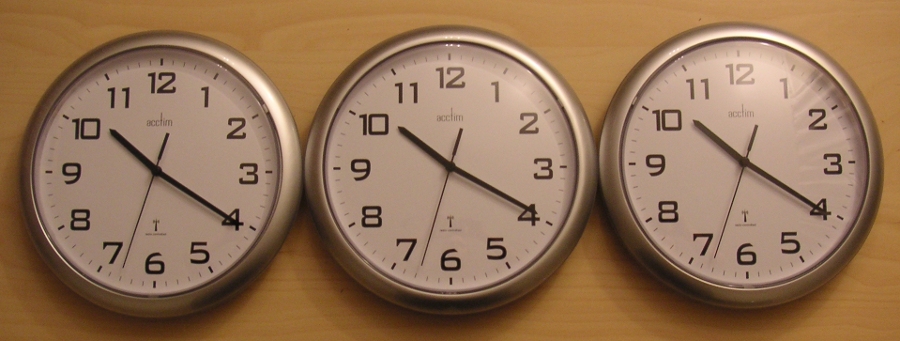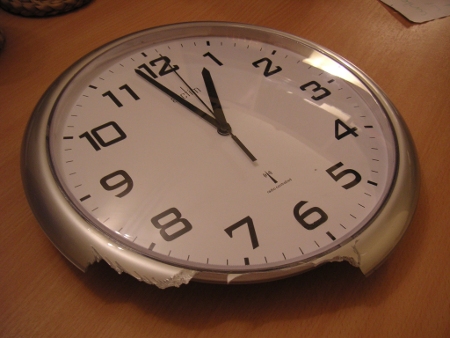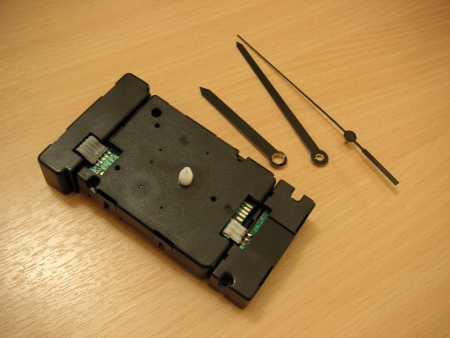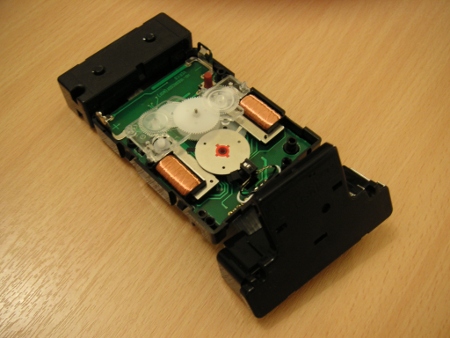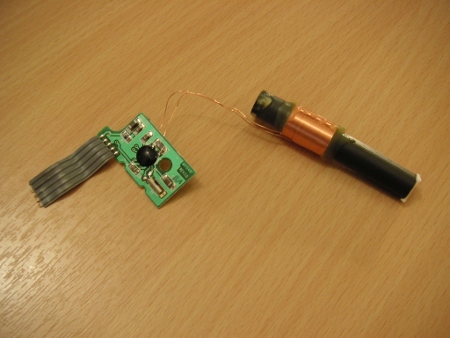The US National Radio Quiet Zone (NRQZ) is a rectangle of land, approximately thirty-four thousand square kilometres in area, that crosses into Virginia, West Virginia and Maryland and contains the National Radio Astronomy Observatory at Green Bank and the Sugar Grove Research Facility at Sugar Grove (part of the US Navy’s Information Operations Command and said to be an important part of the NSA’s ECHELON system).
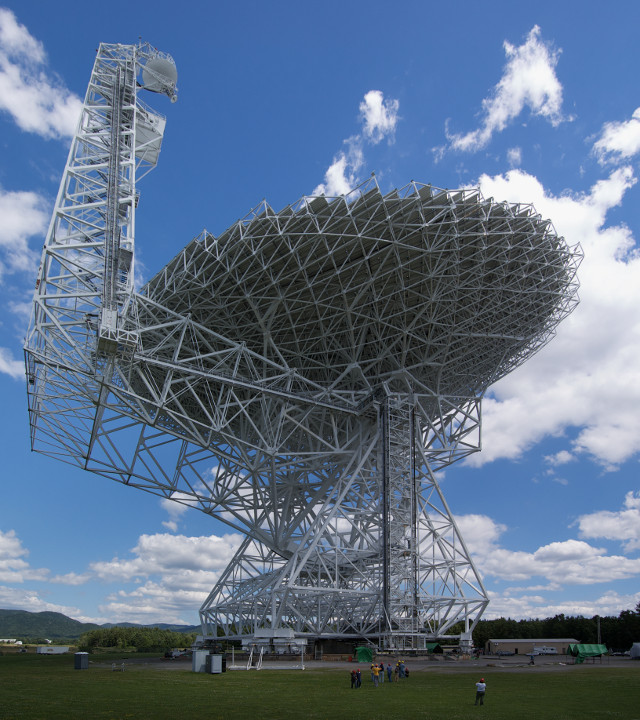
The Green Bank Telescope, the world’s largest steerable radio telescope.
Within the NRQZ radio emissions are highly restricted; conventional television and radio transmitters do not operates and people who (incorrectly) believe that they are sensitive to electromagnetic emissions have flocked there in order to deal with their “problem”. Electric fences, electric blankets, car electronics and even radio-tagged animals have all caused problems in the NRQZ and all on-site vehicles must have diesel engines rather than petrol engines, as diesel engines use the heat generated by compressing petrol vapour rather than spark plugs to ignite their fuel.


